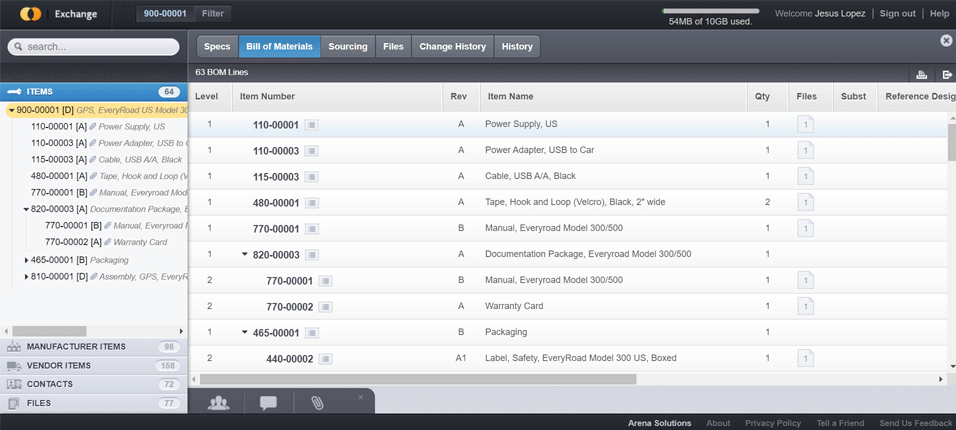A World without Product Data Exchange (PDX)
 I’d like to take you on a journey through a world without product data exchange (PDX)—where OEMs and contract manufacturers (CMs) rely on manually created print packages and zipped electronic files to share product information back and forth.
I’d like to take you on a journey through a world without product data exchange (PDX)—where OEMs and contract manufacturers (CMs) rely on manually created print packages and zipped electronic files to share product information back and forth.
Maybe this is the world you already live in.
A journey through the dark days of file sharing
In a world without PDX, document controllers dread the task of preparing a build package for delivery. They waste entire days gathering data to include in a package—from the detailed BOM itself to other files, prints, specs, travelers, and routers. Because the information can be complicated, and in various formats, most packages must include a guide explaining what has been sent.
In this world, when there’s a need to share bill of materials (BOM) information, teams often resort to using spreadsheets and exporting spreadsheet BOMs. This means engineers and document control teams must also take screenshots or use PDF printing to maintain the integrity of the BOM format, which takes additional time.
After the BOM has been moved to a sharable format, it’s time to locate the relevant file attachments and dump them into a central location. Someone will then need to sort through the pile of tens—maybe hundreds—of files in order to organize them in a way the supplier will understand. This gets more difficult when the supplier wants the files broken down by BOM indentation or sorted by part category or family, especially when each supplier or CM has its own format preferences.
In a world without PDX, OEMs spend a great deal of time in front of their printer, fax machine or email—where it takes just as long to set up the build package as it does to revise it and rework any corrections. And even after the package is complete, the fear that there is a mistake, just waiting to throw everything off, can linger for days.
But this doesn’t have to be the reality.
How PDX can save the day
For people who are overwhelmed and hesitant to add another system to their life, PDX is a lifesaver.
Product data exchange (PDX) provides a way to share a clean, build package by allowing manufacturers to create a snapshot output of item, change, AML, AVL, attachment files, and relational data from a business system. Several business systems are already configured with a PDX output option, so using PDX files to communicate product data saves precious time. No more manual removal and re-formatting of product information in a business system.
For engineers working tirelessly to create and perfect a product BOM, PDX files can help preserve the original context—saving a great deal of time, effort, and confusion.
And for document control teams that create build packages, PDX reduces the chance for data error that happens when someone manually compiles information. After all, any time you automate a process, reducing the number of times you touch the data, you reduce the chance for error.
Arena Exchange takes sharing PDX build packages to the next level
If you think a world without PDX sounds like a total nightmare, you’re not alone. This is why we’ve made a big effort to support and encourage the PDX file standard with the launch of Arena’s PDX Viewer, Arena Exchange, which displays PDX build packages in an easy-to-read format.
Although simple to use, Exchange is robust. Besides viewing PDX files, you can break up build packages into smaller subsets of data to share with subcontractors, vendors, or manufacturing partners. You can even export change orders with redlined PDX files. Exchange displays exactly what has been changed with its special Redlines view.
Exchange is part of our new focus on personal cloud PLM, which is all about expanding PLM to a larger audience and giving engineers, manufacturers, designers, suppliers, and contract manufacturers the tools they need earlier in the process.
If you’re interested in trying Arena Exchange, just click here to create an account.



